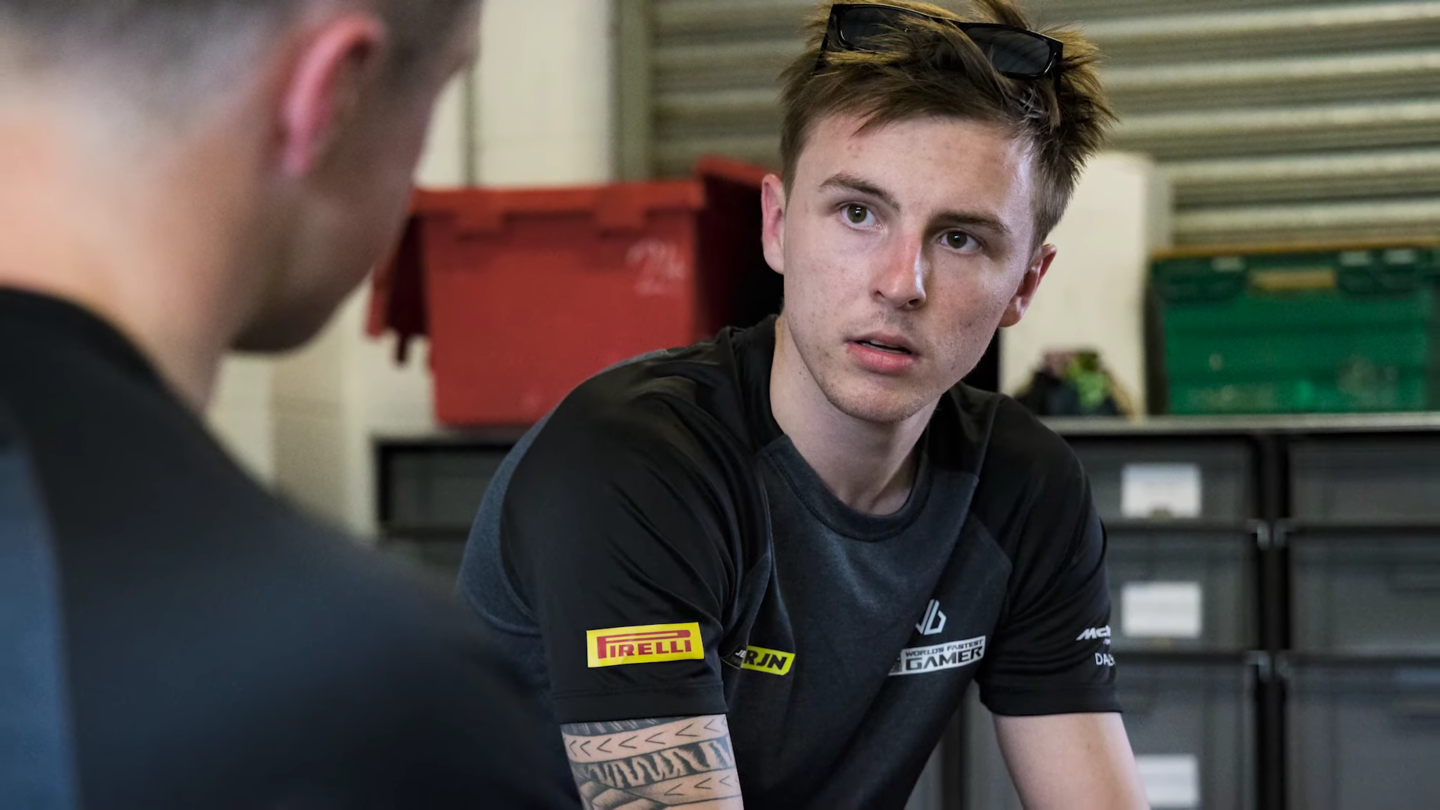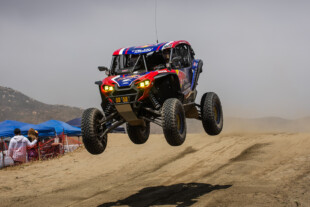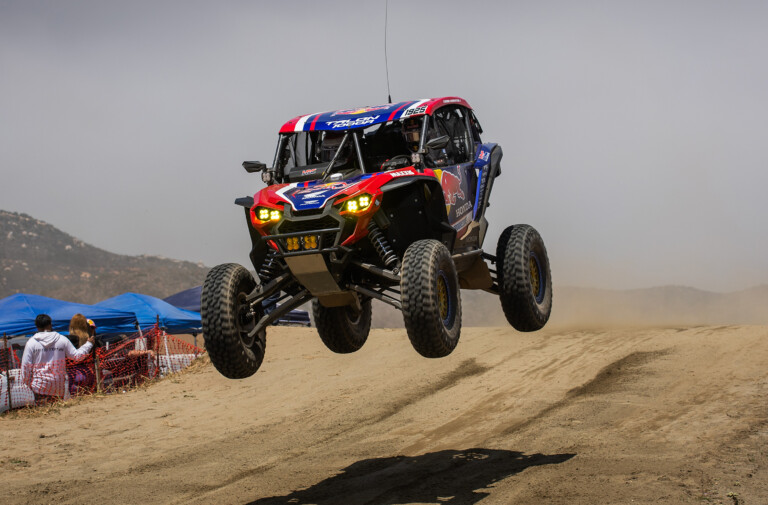The nerves, the late nights, and the elation that comes with finally strapping in can, and often does, distract one from feeling at ease in a racing car. While the aim isn’t to turn the cockpit of one’s racing car into some soothing spa, it is true that the calmer, clearer, and more confident one is in the seat, the faster one will go. This is easy enough to understand, but with the threat of an accident and the resulting costs and embarrassment, it’s harder to do. How does James Baldwin, the surprisingly mature young man who leapt from sim racing to Jenson Button’s British GT team, handle pressure and get up to speed?
Methodically.

A dream realized after years of success in karts and frustration in Formula Fords.
Maintaining Focus Despite Immense Pressure
To help illustrate the difficulty of juggling traffic, tires, and one’s own limitations during a seemingly casual practice day, Baldwin picked his footage from the first test in this year’s McLaren 720S GT3 to review. The irritation of slower GT4 cars around the narrow Oulton Park, compounded by the tenuous position within his new team, would’ve compressed the discs of lesser men, but Baldwin successfully bore the immense weight on his shoulders and quickly learned the 720S GT3.
To help maintain focus on the right areas throughout one of the most critical weekends in his career, he relied on a few tips to find good lap times and provide helpful feedback for his engineers. I may be ramming this point home by now, but that is no mean feat with the time constraints, tense atmosphere, and steep learning curve.
Simple Tips to Acclimate Safely
- At first, drive within oneself. It’s impossible to feel comfortable in this environment unless one is highly experienced.
- When trying to find the braking points, try braking harder at the conventional braking point, not later. This way, one can get a better sense of the braking performance without risking an off-track excursion.
- With every lap, try to roll more and more apex speed.
- Leaving a little in reserve will help with feedback after sessions. With experience, more of one’s mental reserves will be freed up and this will become easier.
Regardless of one’s level of experience, it always helps to approach a racing car with some respect. “You don’t have to be afraid—you just need to respect it. As soon as you don’t, you will potentially end up in the barrier,” Baldwin warns.
It’s balancing that need to improve with a certain amount of circumspection which throws so many for a loop, but Baldwin’s advice here helps find that happy medium. Simply put, when one tries new things in a cautious manner and finds they work, the confidence simply snowballs.























